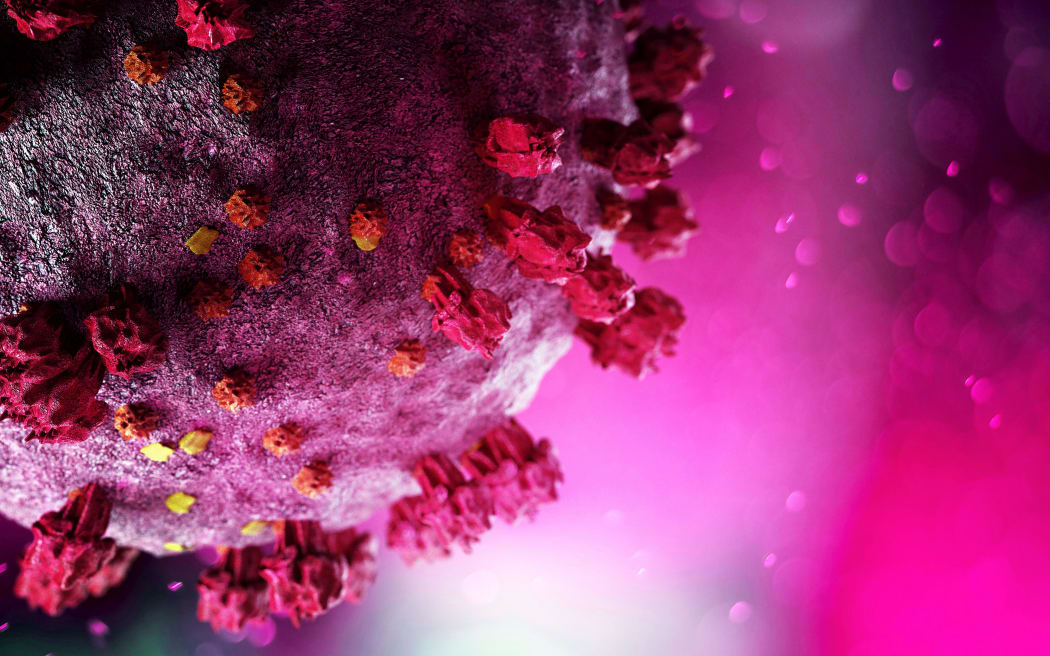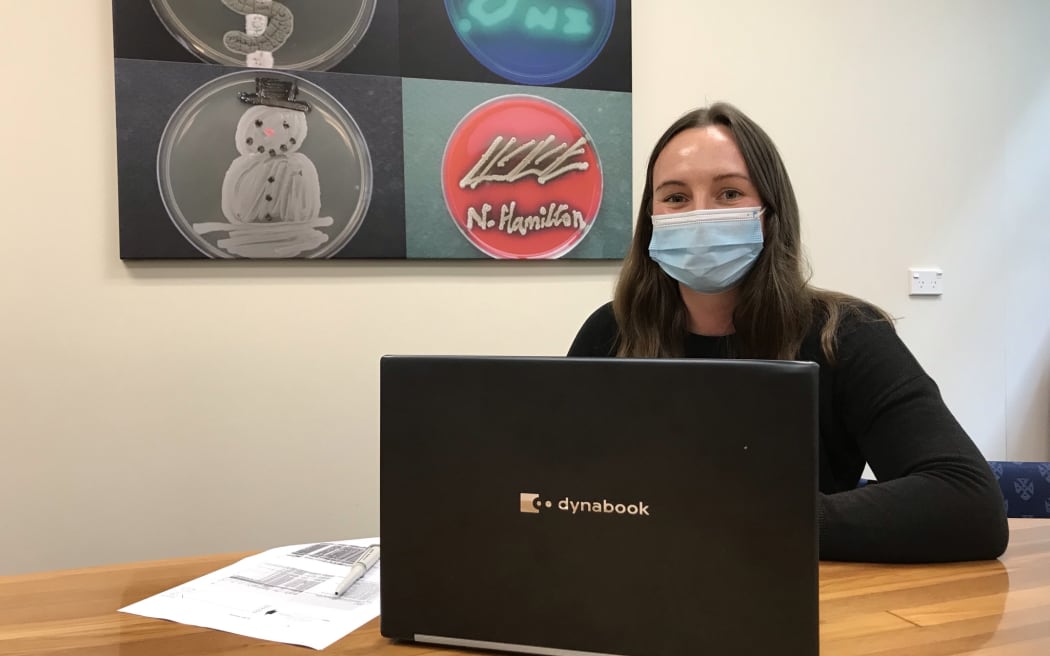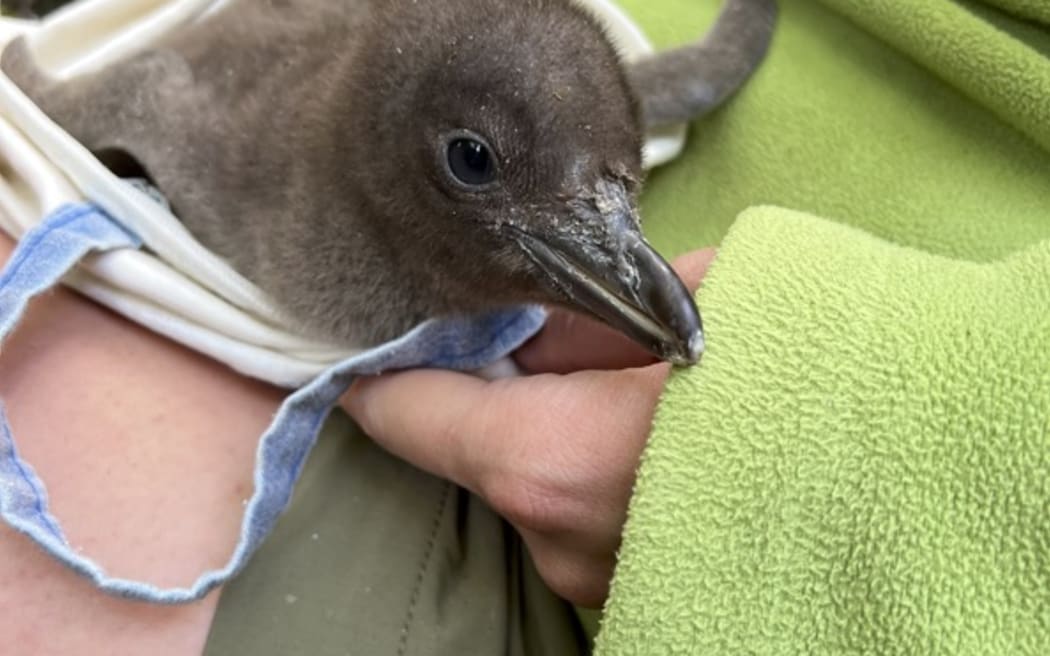All of us can list at least a few viruses. Probably more now than three years ago. Coronavirus, influenza, ebola, zika, chickenpox, monkeypox, human immunodeficiency virus (HIV) – there are plenty going around.
But the viruses we know about couldn’t even be described as the tip of the iceberg when it comes to virus diversity. It’s more like one frozen raindrop resting right at the top of an unfathomably giant continent of ice.

Photo: RNZ
Follow Our Changing World on Apple Podcasts, Spotify, Stitcher, iHeartRADIO, Google Podcasts, RadioPublic or wherever you listen to your podcasts.
“It’s mind-blowing how many viruses we still have to discover, around like 99.99% of the virosphere is still to be discovered,” says PhD student Stephanie Waller.
Waller is currently investigating native New Zealand species to figure out what viruses are associated with them. She is focusing in particular on tuatara, mokomoko (skinks and geckos), tuna (eels) and pekapeka (bats).
Waller’s work on cloacal swab samples from tuatara from Takapourewa Stephens Island has already revealed potentially 50 new viruses. She is hoping this work will build on our knowledge of virus diversity and help us to figure out how viruses jump to new hosts.

Stephanie Waller. Photo: RNZ
That is the key question in disease emergence, according to Waller’s supervisor and senior lecturer Dr Jemma Geoghegan, who says only knowing a tiny fraction of virus diversity and the hosts they associate with, limits our understanding.
Geoghegan has been a key member of the team of scientists behind sequencing Covid-19 cases to inform New Zealand’s pandemic response. But before the pandemic, and alongside her research identifying variants, Geoghegan is very much focused on how viruses evolve.
“[My research] is really about trying to understand the diversity of viruses in nature to then understand the mechanisms behind virus host jumping and spread into new hosts,” she says.

Dr Jemma Geoghegan. Photo: Supplied
In Geoghegan’s lab in the Department of Microbiology at the University of Otago, other researchers are specifically focused on disease-causing pathogen puzzles.
Such as, identifying the underlying pathogens causing two sicknesses in the endangered hoiho (yellow-eyed penguin).
Dr Janelle Wierenga is working on this. She’s using genome sequencing to investigate samples taken from healthy and diseased hoiho chicks to try to figure out what might be behind avian diphtheria, which causes sores in the mouth, and also a new lung disease which causes breathing issues and deaths in chicks. Ultimately, she is hoping to identify the culprits so preventative measures or cures can be found.
Listen to the episode to find out more about virus evolution and how researchers study viruses using genome sequencing.

Two-week-old hoiho. Photo: Janelle Wierenga
To learn more
-
For a refresher on the relationship between DNA and RNA in living things, have a listen to A new way to make vaccines.
-
Listen to Virus 101 with Alison Ballance and Professor Kurt Krause from April 2020.
-
Read the preprint paper of Stephanie’s results - Cloacal virome of an ancient host lineage – the tuatara (Sphenodon punctatus) – reveals abundant and diverse diet-related viruses.
-
Listen to the full Morning Report piece on the disease killing hoiho from 2021.


